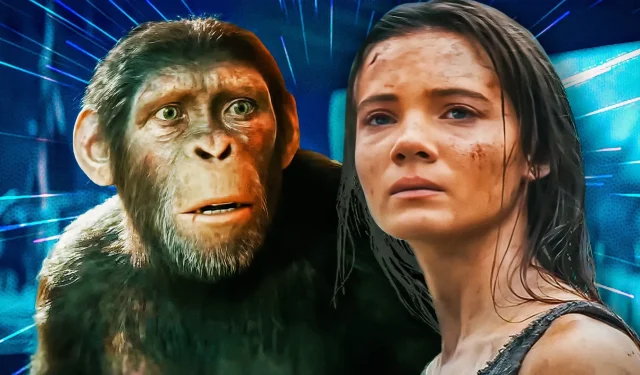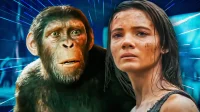Kingdom of the Planet of the Apes marks a successful addition to the franchise’s recent revival, showcasing stunning visual effects alongside a narrative that resonates with its predecessors. However, this installment misses an opportunity to expand upon the intriguing premise introduced in 2011’s Rise of the Planet of the Apes, the reboot that initiated this modern series. The film contains two scenes alluding to a lost group of human astronauts who were sent into space and remain unaccounted for.
This reference serves as a nod to the iconic 1968 Planet of the Apes film, where a team of astronauts crash-lands on an enigmatic planet, only to discover they have traveled forward in time to a future where apes rule. The hints dropped in Rise of the Planet of the Apes suggest that a similar fate awaits these astronauts, potentially setting the stage for their return in the sequel, possibly via a crash-landing on an Earth now dominated by apes.
Future Installments Should Embrace the Franchise’s Sci-Fi Heritage
The Original Series Packed with Sci-Fi Elements
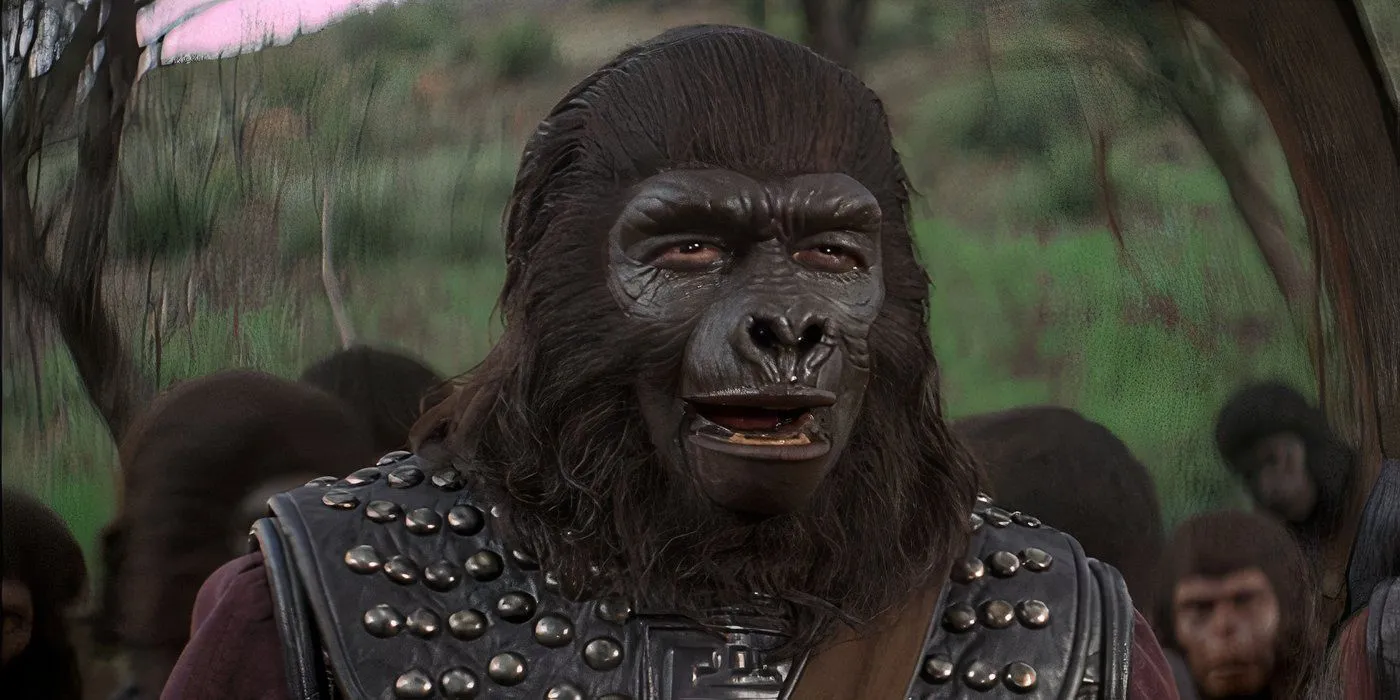
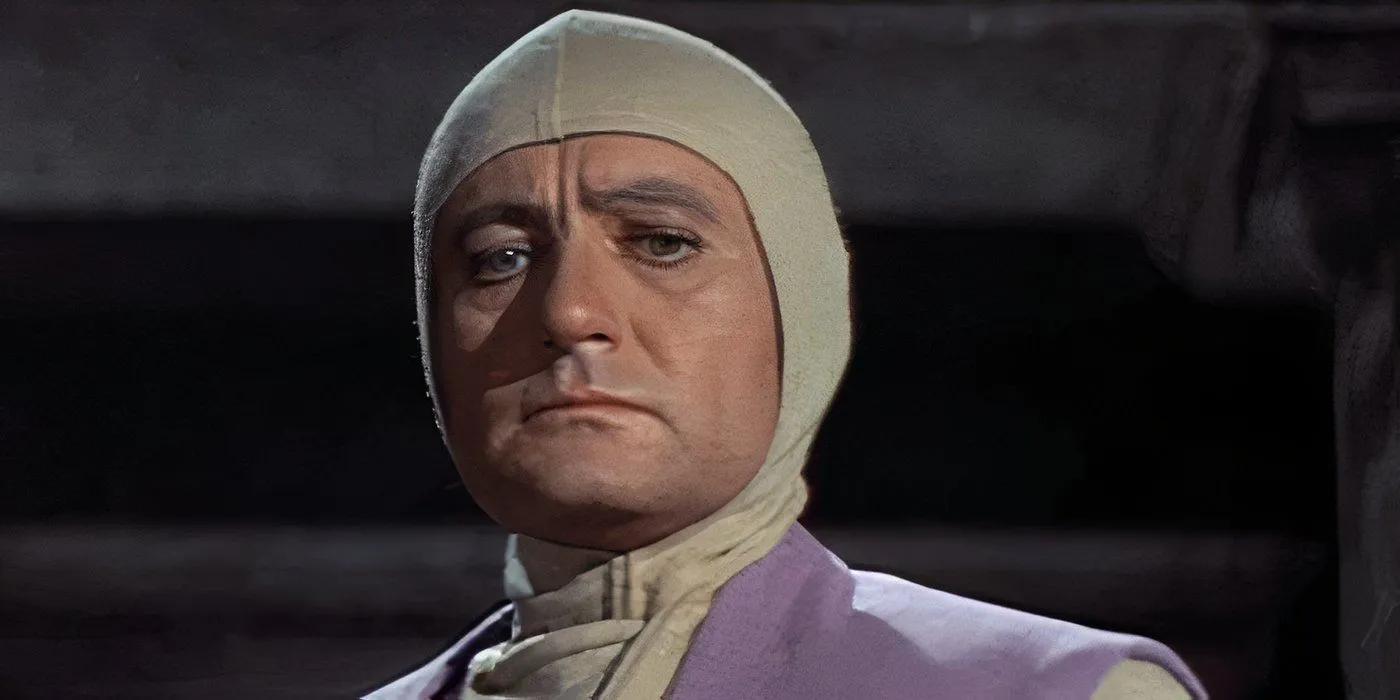
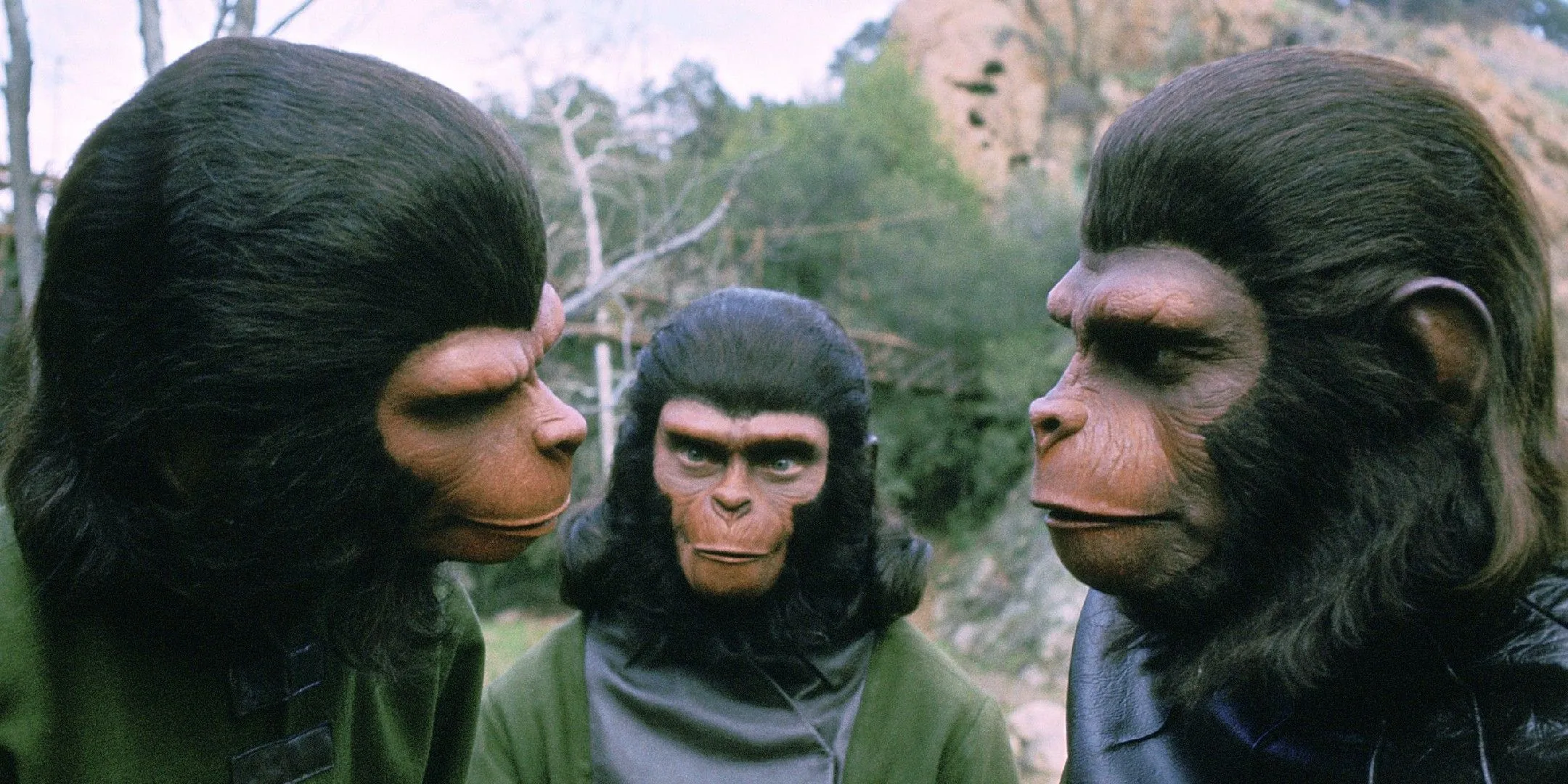
Set generations after the events of the original reboot trilogy, which concluded with War for the Planet of the Apes, Kingdom of the Planet of the Apes paves the way for a new narrative arc. By leapfrogging timelines, the sequel not only pays homage to the original movies but prepares for the introduction of more daring sci-fi storylines.
The original series, comprising films released between 1968 and 1973, skillfully wove various science fiction themes into its narrative framework. These included elements such as space exploration, time travel, and even radioactively altered humans, creating a complex narrative tapestry. Notably, these films established an innovative alternate timeline narrative well before it became a popular trope in subsequent decades, including films like Back to the Future.
Sci-fi mechanisms are pivotal in stitching together the overarching narrative of the original series. Time travel, in particular, is fundamental to understanding how astronauts in the initial film arrive at an unrecognizable Earth. Similarly, this concept is integral in explaining how an advanced ape society might interact with a contemporary setting, as shown in Escape from the Planet of the Apes.
Signals of a Sci-Fi Future in Kingdom of the Planet of the Apes
Final Scenes Hint at a Cosmic Adventure Ahead
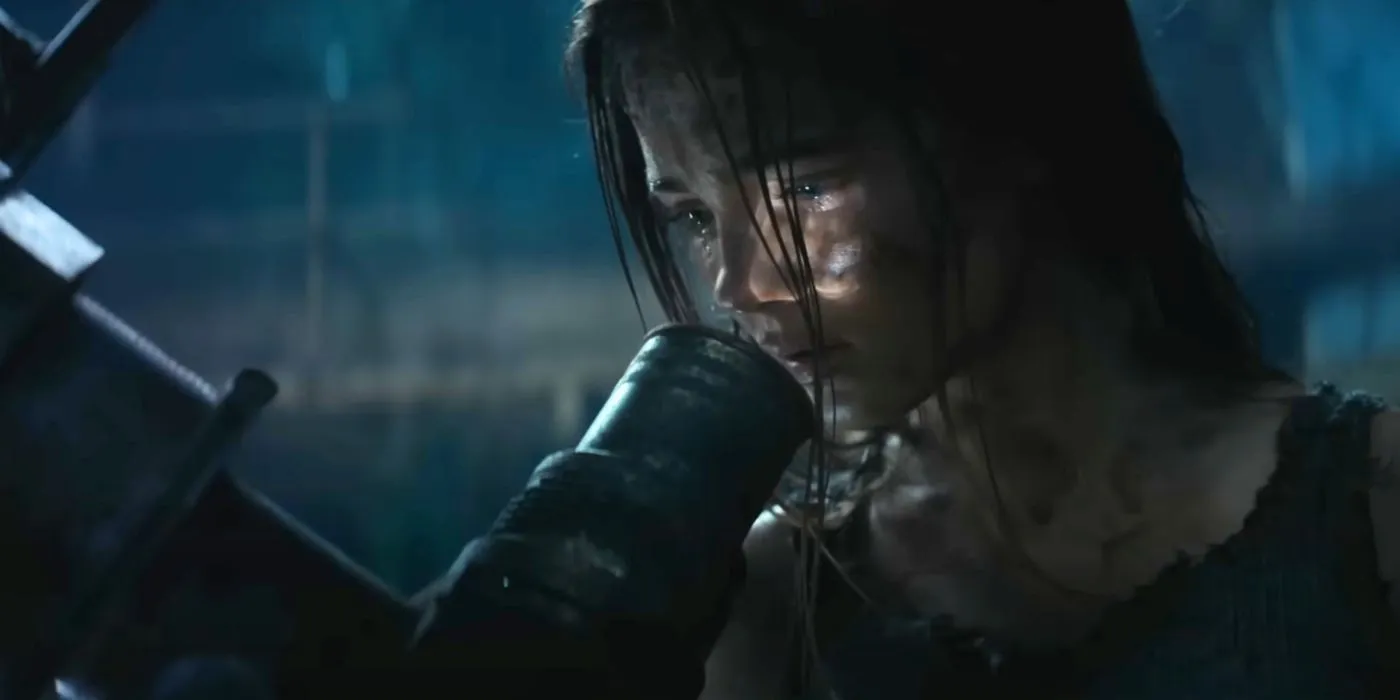
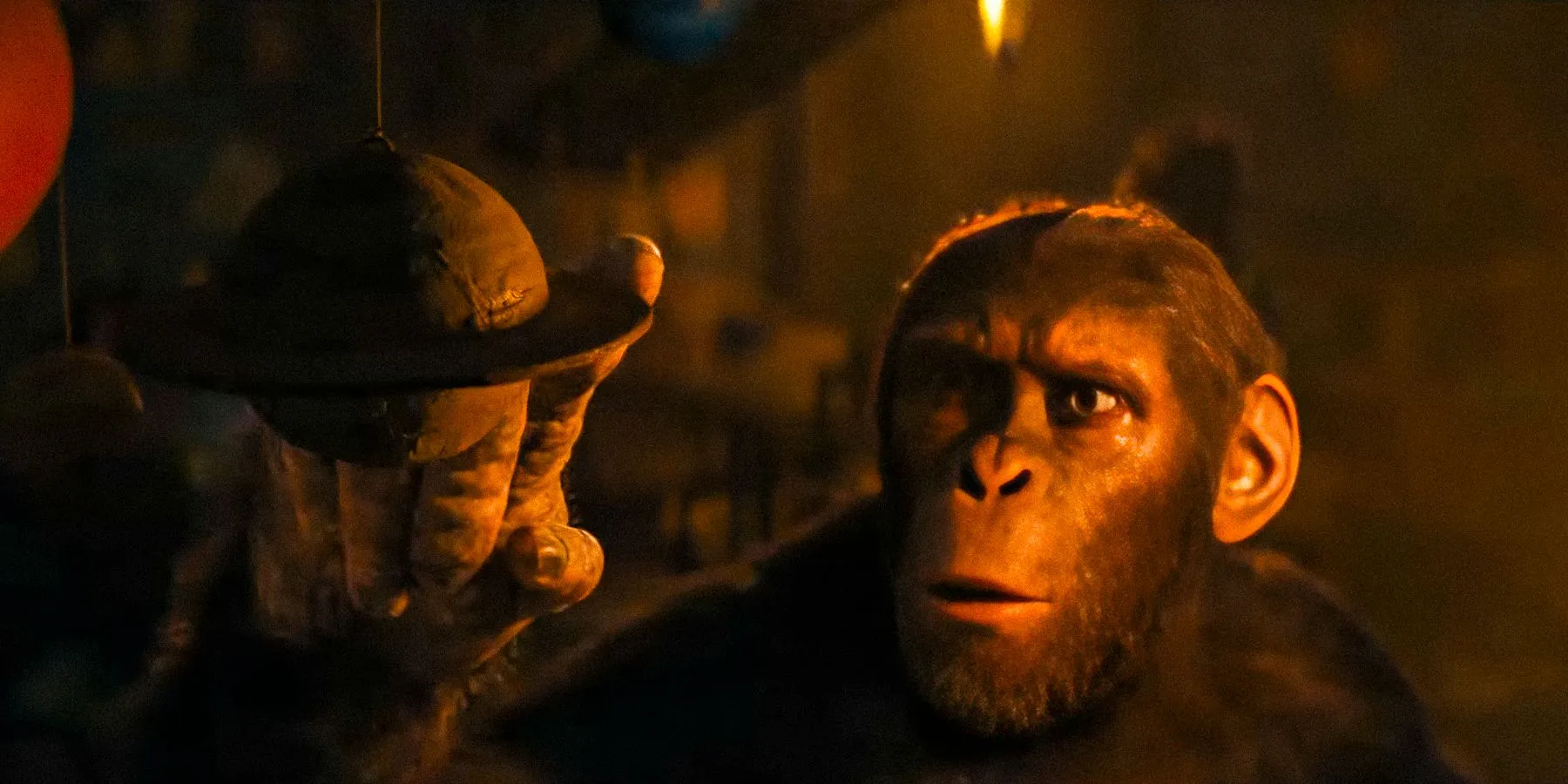
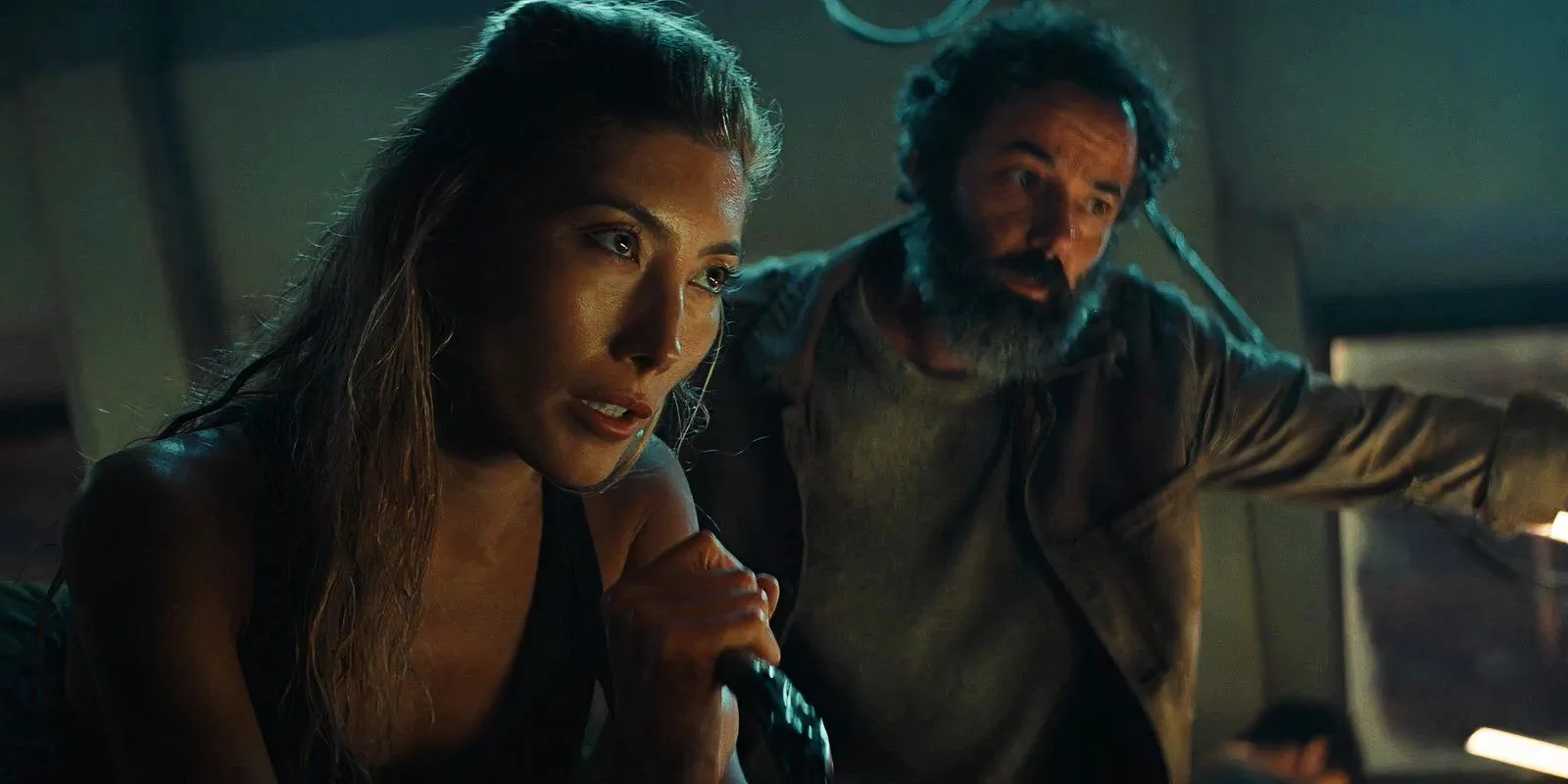
The concluding scenes of Kingdom of the Planet of the Apes may suggest an exciting trajectory for the future of the series as they depict the main characters, Noa and Soona, peering through a human-made telescope to observe outer space, while Mae gazes at historic satellite dishes pointing into the cosmos. This imagery sparks a sense of wonder and curiosity about what lies beyond, suggesting that subsequent storylines could explore cosmic themes.
A Time Travel Element Could Revolutionize the Next Planet of the Apes
Potentially Turning the Original Movie’s Twist on Its Head
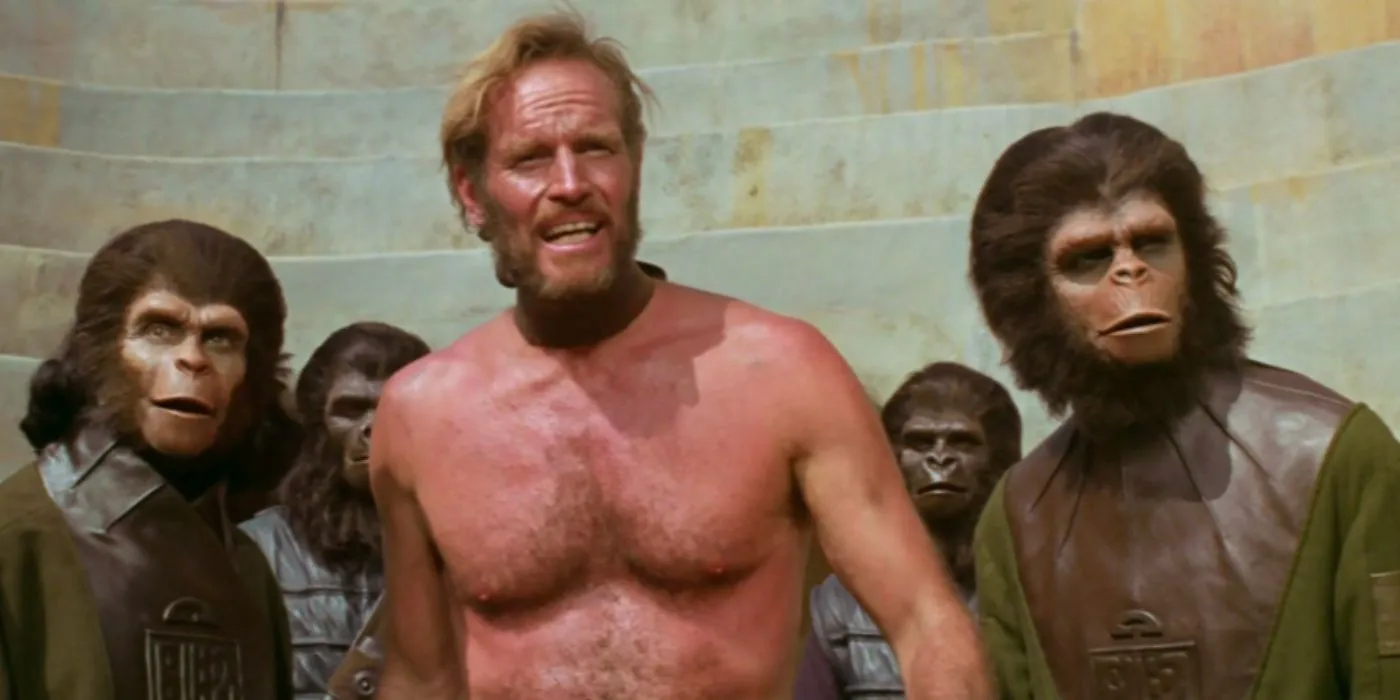
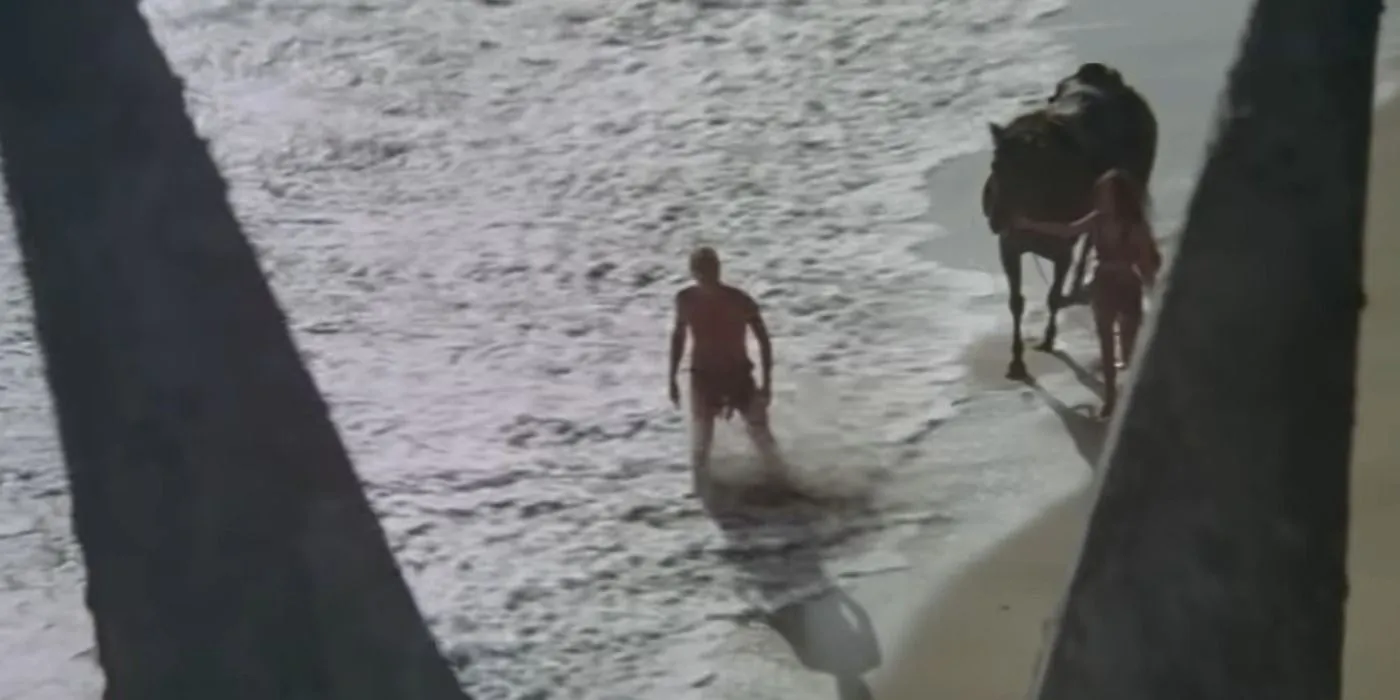

The incorporation of space travel in the next installment of the Planet of the Apes franchise appears highly probable. The faint echo of the original film’s time travel twist at the end of Kingdom of the Planet of the Apes suggests that this narrative device may play a crucial role. In the original story, time travel serves as a groundbreaking revelation that upends viewer assumptions about the astronauts’ journey.
Taking place in 3978, the original film’s narrative contrasts sharply with Kingdom of the Planet of the Apes, set in the mid-24th century. While the sequel may not replicate the original plot’s twist, as audiences are already aware of Earth’s new reality of ape dominance, it could still innovate by depicting an astronaut’s journey from the perspective of the apes and humans on Earth at the moment of a crash landing. It seems essential for the franchise to reintegrate time travel as a prominent feature in its upcoming narratives.
